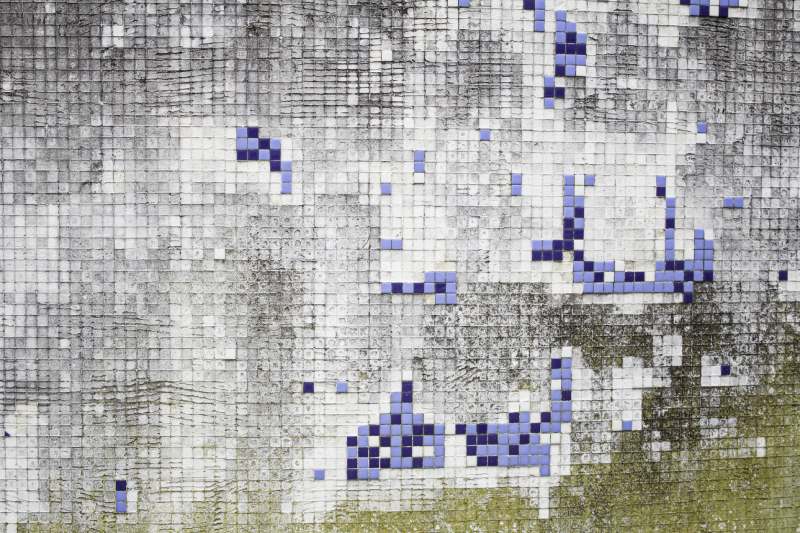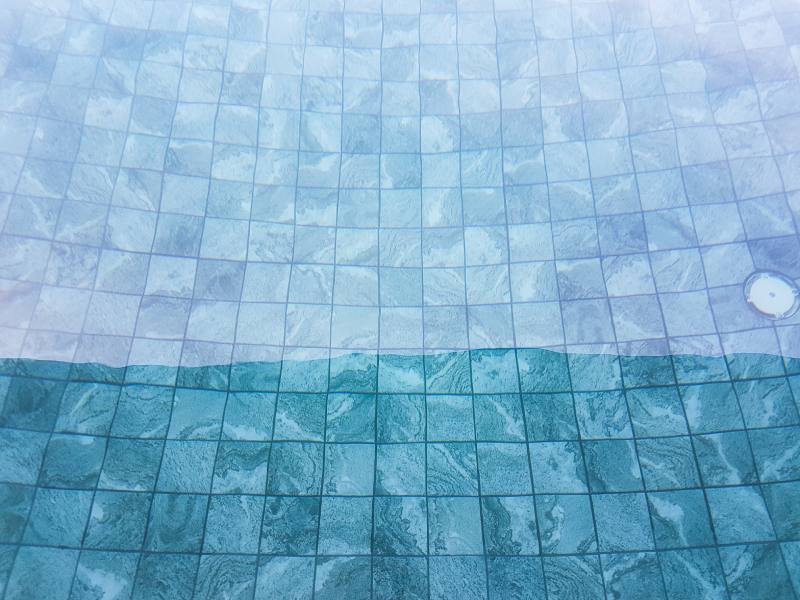Deciphering Various Types Of Swimming Pool Stains
Stains in pools are a prevalent problem that numerous pool proprietors grapple with. Apart from being visually displeasing, they could also signify underlying complications that require attention to uphold a well-maintained pool. In this exhaustive guide, we will explore the diverse types of pool stains and offer crucial insights into how to identify, eliminate, and prevent them.
One of the most common types of pool stains is metal-induced stains, often caused by metals such as copper and iron. These stains can originate from sources like water, pool equipment, and pool chemicals. Metal stains typically appear as brown or rust-colored blotches on the pool surface. Understanding the origins and characteristics of metal stains is essential for successful stain removal.
Categories Of Pool Stains Metal-Induced Stains
Among the most frequent stains in pools are those induced by metals such as copper and iron. These stains can emanate from several sources encompassing water, pool apparatus, and even pool chemicals. Metal stains often manifest as brown or rust-hued blotches on the pool surface. Comprehending the origins and traits of metal stains is crucial for successful eradication.
Organic Material Stains

Organic materials like leaves and insects can infiltrate your pool and lead to stains. These stains are usually brown or green and pose a significant challenge to removal. Learning about the different types of organic matter stains and the recommended removal techniques will help you restore the beauty of your pool.
The improper chemical balance in your pool can also cause stains. High chlorine, pH, or alkalinity levels can result in stains that appear as white or gray discolorations. Understanding the relationship between chemical balance and pool stains will enable you to take the necessary steps to restore balance and prevent future staining.
Stains Caused By Improper Chemical Balance
Maintaining the proper chemical balance in your pool is crucial for preventing stains. High chlorine, pH, or alkalinity levels can lead to stains, often appearing as white or gray discolorations. Understanding the relationship between chemical balance and pool stains will enable you to take the necessary steps to restore the balance and prevent future staining.
Identifying And Diagnosing Pool Stains
Accurate identification of pool stains is vital for effective stain removal. By visually examining the stains and performing simple tests, you can determine the type of stain and choose the appropriate removal method. Whether differentiating between metal stains and organic matter stains or identifying the cause of a chemical imbalance, proper diagnosis is the key to a successful stain treatment.
Pool Stain Removal Techniques

When it comes to removing pool stains, various techniques and methods can be employed depending on the type and severity of the stain. For metal stains, specialized stain removers or sequestering agents can dissolve and remove the metals from the pool water. Organic matter stains may require scrubbing and the use of enzymatic cleaners. Addressing chemical imbalances through proper water treatment and balancing can effectively remove stains caused by improper chemical balance. Understanding these techniques will empower you to restore the pristine condition of your pool.
Preventing Pool Stains
When it comes to pool stains, prevention is better than cure. Proactive measures can help reduce the occurrence of stains and eliminate the need for extensive removal processes. Regular pool maintenance, including routine cleaning, skimming, and vacuuming, is essential for preventing the accumulation of organic matter and debris that lead to stains. Maintaining proper water balance, sanitization, and filtration systems can also avert stains. Additionally, employing stain-preventing products and adhering to recommended pool care guidelines can help maintain your pool’s allure. Learn more about the benefits of professional pool maintenance and the link between pool vacuuming and energy efficiency. Avoid common pool vacuuming mistakes for Effective Pool Maintenance and understand the importance of proper technique and equipment for successful pool vacuuming.
Guidance From Pool Stain Specialists
The intricacy of pool stain removal and prevention warrants expert advice. Pool maintenance professionals offer vast knowledge and experience in tackling a variety of pool stains. They provide specialist suggestions on stain elimination methods, preventive tips, and assistance in handling stubborn or recurring stains. Consulting with experts assures you of the most efficient solutions tailored to your pool’s unique needs. Comprehend the impact of phosphates on pool water, the steps and tips for acid baths for pools, and how to handle high alkalinity in your pool.
Strategies For Stain Removal And Prevention

Essential Steps to a Stunning Pool Recognizing the diverse types of pool stains and executing efficient stain removal and prevention techniques are vital for keeping a sparkling, attractive pool. By pinpointing the root causes of stains, using suitable removal procedures, and implementing preventive actions, you can indulge in a pool devoid of undesirable stains. Routine maintenance, correct chemical equilibrium, and taking professional recommendations will assist you in maintaining your pool’s immaculate condition for years to come. Bear in mind, a bit of knowledge and proactive measures can significantly contribute to preserving your pool’s aesthetics and augmenting your swimming pleasure.



